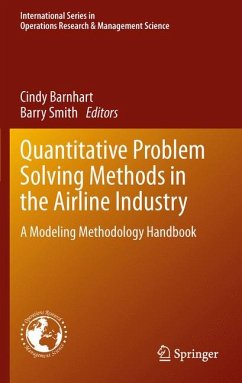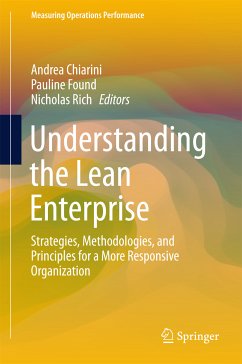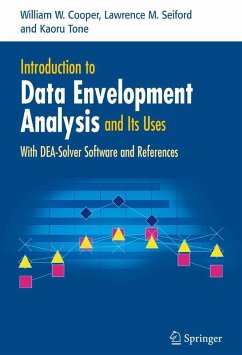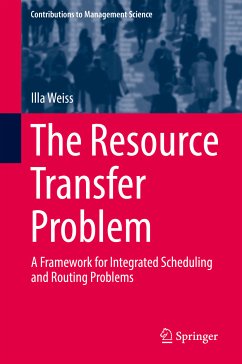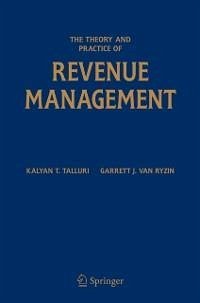
The Theory and Practice of Revenue Management (eBook, PDF)
Versandkostenfrei!
Sofort per Download lieferbar
352,95 €
inkl. MwSt.
Weitere Ausgaben:

PAYBACK Punkte
176 °P sammeln!
Revenue management (RM) is one of the most successful applications in Operations Research. The RM has grown from its application with a handful of major airlines to its status today as a mainstream business practice with a growing list of industry users from Walt Disney Resorts to National Car Rental and a supporting industry of software and consulting firms. This book comprehensively covers theory and practice of the entire field, including both quantity and price-based RM, as well as significant coverage of supporting topics such as forecasting and economics.
Dieser Download kann aus rechtlichen Gründen nur mit Rechnungsadresse in A, B, BG, CY, CZ, D, DK, EW, E, FIN, F, GR, HR, H, IRL, I, LT, L, LR, M, NL, PL, P, R, S, SLO, SK ausgeliefert werden.




